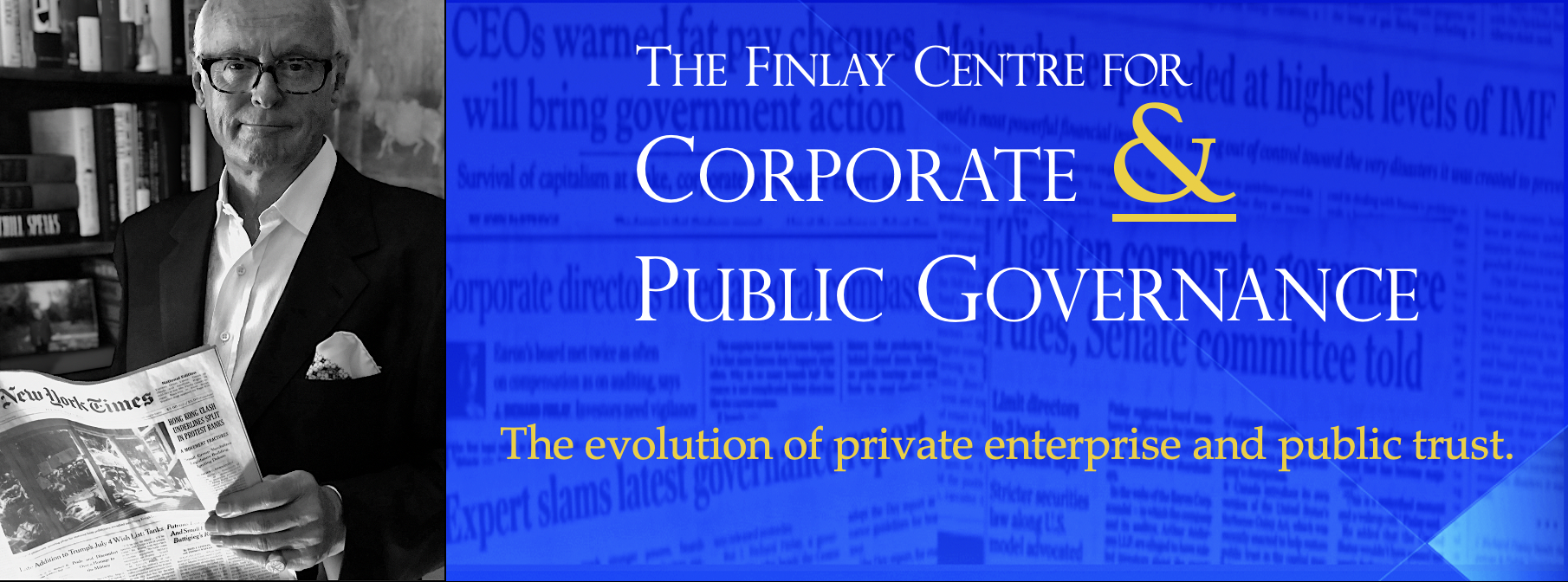Massey’s Board Key to Safety Questions
With the tragic news that there were no survivors of the explosion at the Massey Energy coal mine in Montcoal, West Virginia, and all 29 miners were lost, attention will soon turn to the causes of the disaster. The company’s board of directors should not be permitted to escape scrutiny in that regard or to invoke an implausible claim, like the Lehman Brothers board did, that it had no idea what was really happening in the company. Indeed, there were plenty of red flags to alert Massey’s board to the point where it may well be in possession of information that could prove vital for regulators and investigators.
Over the years, Massey has developed a reputation as something of a serial safety violator in the mining industry. More than 800 citations, many involving gas and ventilation, have been issued against the company since 2008 alone. These are the kind of matters which the board’s committee on safety issues is required to take note of and to act upon.
The committee is composed of seven independent directors. Company filings claim that its purpose is to:
“review and make recommendations regarding safety, environmental, political, and social trends and issues as they may affect our operations and the operations of our subsidiaries,” among other things.
This is not an incidental committee for the board. Seven of nine directors sit on the committee. The unusually high number of directors suggests that the board has consciously decided to give serious attention to safety concerns. How it manifested its purported concern is a question the families of many victims will be asking.
The committee is also required on a quarterly basis to make a report to the full board regarding the company’s compliance with “worker safety and environmental compliance, rules, regulations and goals.”
There will be considerable interest in these reports. They will give a clue as to how the company viewed the safety issues that made their way into the Massey boardroom and what, if anything, company management and directors might have done to prevent the Upper Big Branch site from becoming the worst mining tragedy in more than 40 years.


